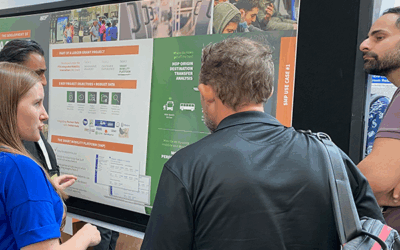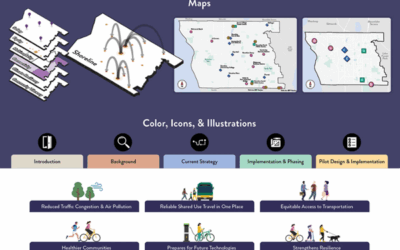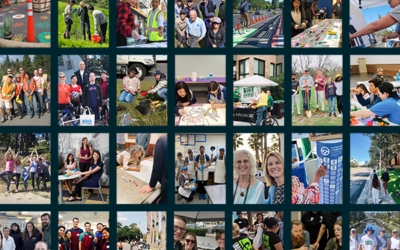Planning in Spanish
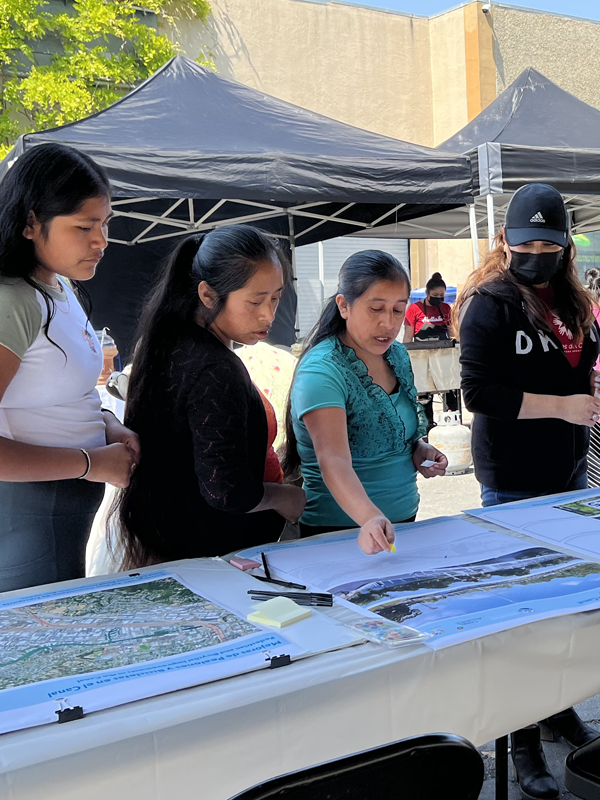
Planning in Spanish
According to recent Census reports, nearly one out of every five people in the United States speak a language other than English at home. In some communities we serve, this percentage is even higher – nearly 44% of people in California and 55% of people in Los Angeles County speak a language other than English at home. Nationwide, Spanish is by far the most common non-English language.
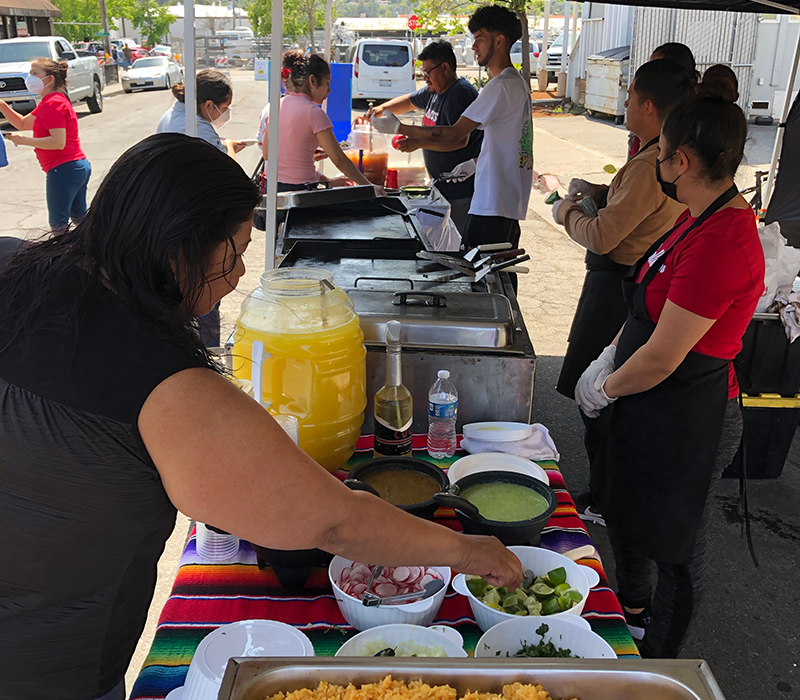
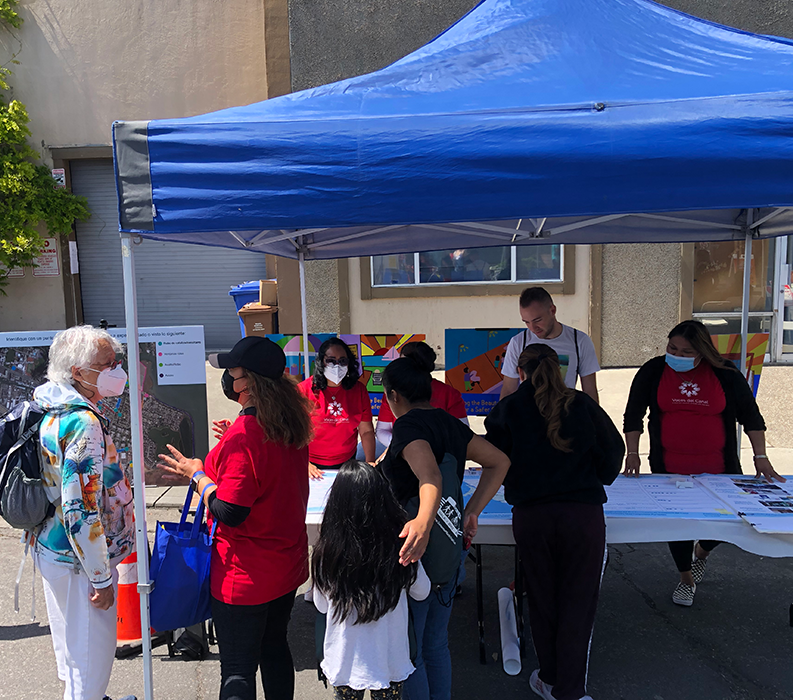
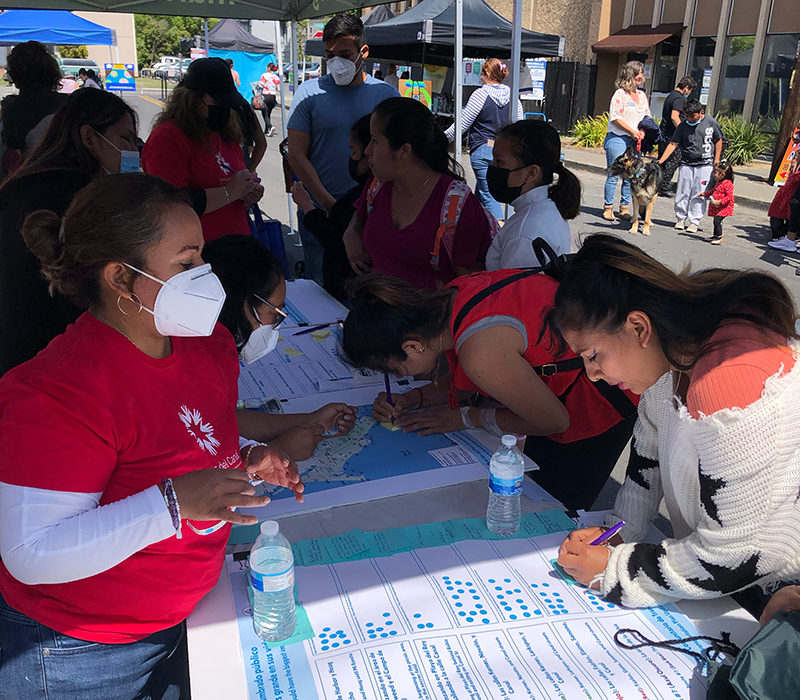
Planning in Spanish meant that community comments, concerns, and ideas were absorbed directly into the plan without anything being lost in translation or oversimplified. CBTPs are typically intended to focus on transportation improvements, but lengthy conversations with community leaders revealed widespread concern about inadequate lighting on residential streets and near transit stops. This nuance was something that might have been ignored or downplayed in a more surface-level, translated survey.
Sharing a Spanish-language plan back with the community also meant that they could maintain ownership of and advocate for implementation of the CBTP after the plan’s publication. The community’s participation and support shown during the Canal planning process and in the months since completion were a major factor in San Rafael’s successful bid for two project implementation grants: one focused on a new bike and pedestrian bridge to improve connectivity to schools and downtown San Rafael, and a second focused on – you guessed it – lighting! Less than a year after completion of the plan, the City of San Rafael is on track to address the Canal’s top two transportation concerns.
Marin County Bicycle Coalition
Congratulations to all of the contributors to the CBTP most especially the members of the community who shared their time and ideas in a process that allowed us to better serve them!
We are excited to share two other efforts that we currently have underway – active transportation plans in Yolo and Merced counties. Both projects include teams that are committed to the idea of planning in Spanish as a way of bringing large Spanish-speaking populations into the decision-making and implementation process. Learn more about the Merced project here. If you would like to explore a more immersive planning style in a different language for your project, contact us!
share this article
Contributors
Grasi Diaz
Transportation Planner
Email Me
Taylor McAdam
Senior Transportation Planner
Email Me
Bob Grandy
Principal
Email Me
Explore More
Join Us at ITE Western 2025 | June 29-July 2
We are looking forward to joining peers across the region at the 2025 ITE Western District Annual Meeting to share ideas, practical tools, and approaches that support safer, more inclusive transportation systems.
Mobility Hubs for Everyone
We partnered with the City of Shoreline to bring shared-use mobility hubs to life through visual storytelling—making sustainable, people-first travel easier to understand, support, and implement.
Celebrating 40 Years of Moving Communities Forward
In 1985, Juergen Fehr and Jack Peers set out to build a different kind of transportation consulting firm—one that empowered its people and focused on improving communities through innovation and creativity.








